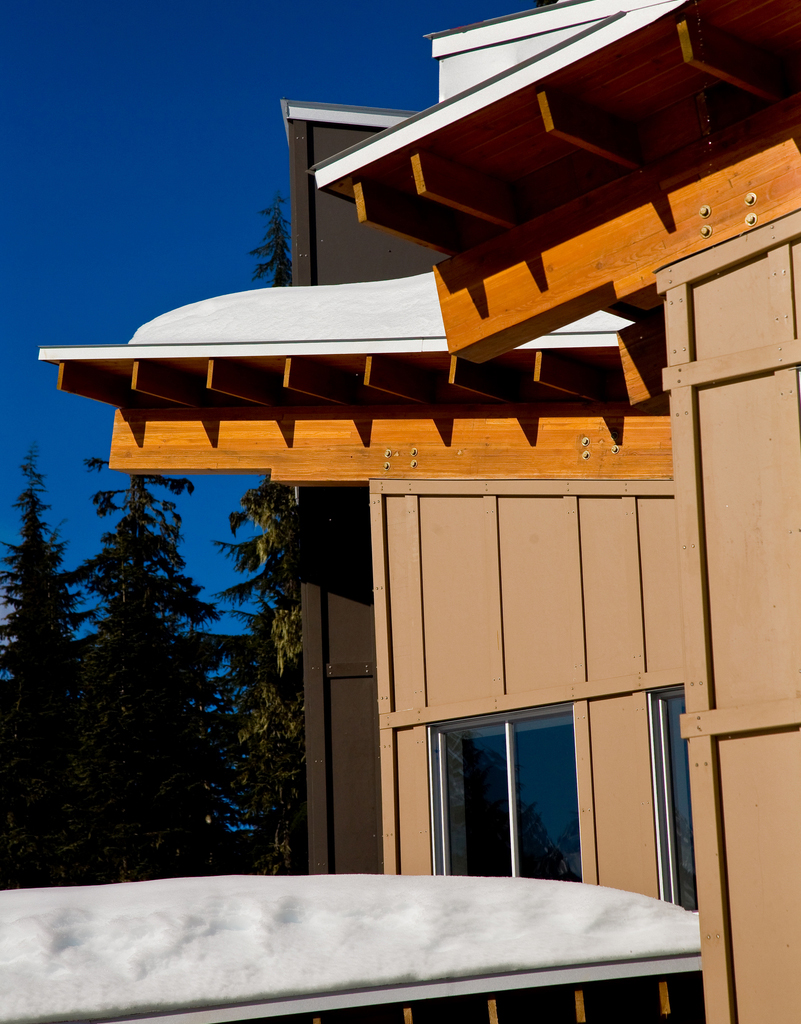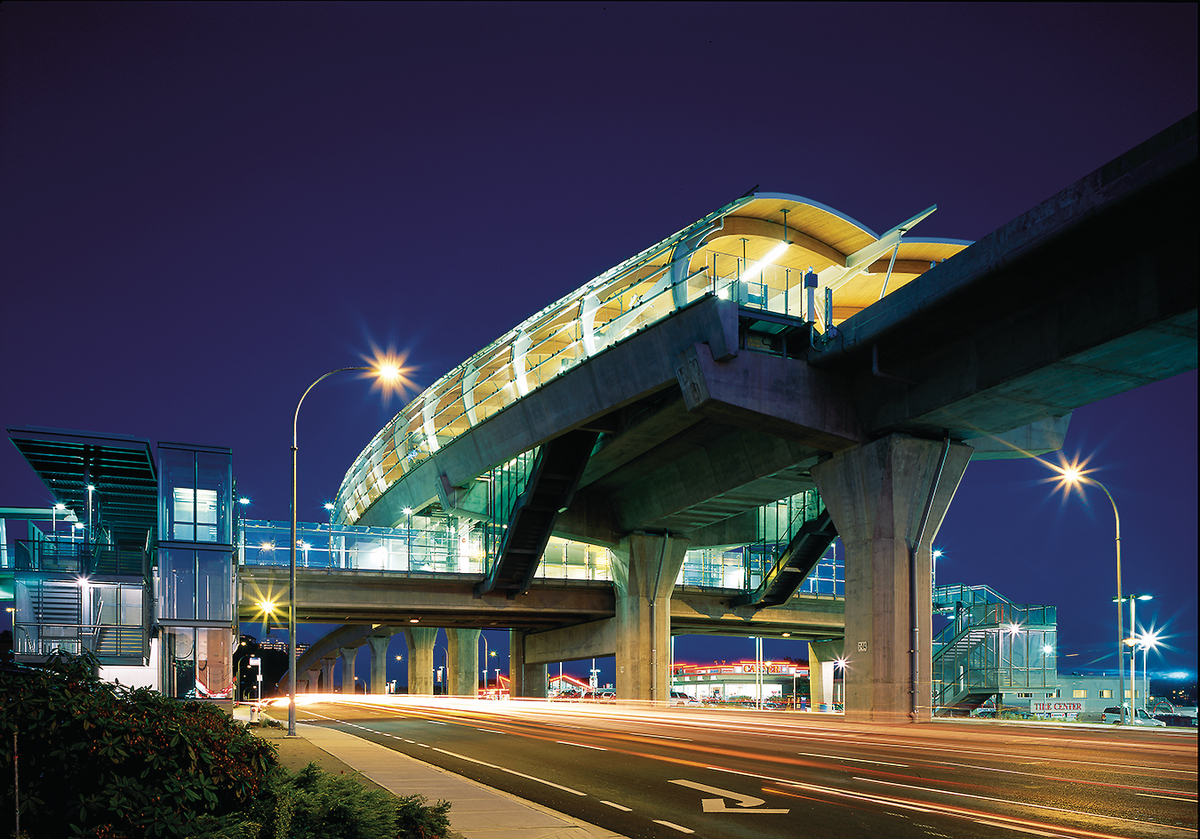Wood structures are built to last
From thousands-year old wood buildings that have stood the test of time to modern tall timber towers rising ever higher, wood structures are strong and durable.

Wood buildings endure for centuries
Durable and strong, wood is a resilient material that provides decades, even centuries, of service. Yet misperceptions still exist that buildings made of materials such as concrete or steel last longer than buildings made of wood. As with any structural material, effective design is what counts.
Ancient wood buildings continue to stand including 8th century Japanese temples, 11th century Norwegian stave churches, and the many medieval post-and-beam structures of England and Europe. Beyond their cultural significance, these old wood buildings endure because they were well-designed, built and maintained.
Lom stave church, Norway | Photo credit: Arvid Høidahl

What’s old is new again
With proper design and maintenance, wood structures provide long and useful service. And while durability is an important consideration, it’s often other factors, such as the ability to flex and adapt to new uses, that dictate the lifespan of a building. In fact, one study found no significant relationship between the structural system used and the actual life of the building. Property sales, changing occupant needs and rezoning are more frequently the reason a building is demolished. As a durable, reusable and recyclable material, wood can reduce waste and adapt to shifting needs.
Photo courtesy of Leckie Studio Architecture + Design

Wood’s natural strength and stability
Wood is a naturally strong, lightweight material. Trees can tolerate great forces inflicted by wind, weather and even natural disasters. This is possible because wood is made up of long, thin strong cells. It is the unique elongated design of these cell walls that gives wood its structural fortitude. Cell walls are made of cellulose, lignin and hemicellulose. When converted to wood products, these cells continue to deliver lightweight, nimble structural solutions with strength comparable to other building materials.
Consequently, despite their lighter weight, wood products can withstand considerable force—particularly when compression and tension forces are exerted parallel to the wood’s grain. For example, a single Douglas-fir square, 10 cm x 10 cm, can support nearly 5,000 kg in compression parallel to the grain . As a building material, wood performs well under stress as it’s a stiff material—how far it will bend before wear or failure. Wood is better for structures where the stress is constant and regular, making it a good choice for structures that bear high loads for a long time.
Photo credit: Nik West

Deflection, drainage, drying and durability of wood buildings
Issues such as decay and mould can be avoided with proper detailing of wood buildings to prevent exposure to water and moisture entrapment. Moisture can be managed, and decay averted in wood buildings using four common strategies: deflection, drainage, drying and durable materials .
Deflection and drainage are the first lines of defence. Deflection devices (such as cladding and window flashings) intercept snow, rain and other sources of moisture at the building exterior and deflect it away from critical areas. Drainage ensures any penetration of water is removed to the exterior of the structure as quickly as possible, such as a drainage cavity integrated into rainscreen walls.
Drying relates to venting, airflow and the breathability of a wood building. Today’s high performing timber buildings can achieve significant airtightness while remaining permeable. In this scenario, moisture is diffused to the outside minimizing the risk of condensation and mould growth while enhancing thermal performance.
Whistler Olympic Park | Photo credit: KK Law

Natural durability and resistance to decay
Along with deflection, drainage and drying, wood’s natural durability is an additional line of defense. British Columbia’s forests offer naturally durable species including western red cedar, yellow cedar and Douglas-fir. These species offer varying degrees of resistance to insects and decay in their natural state, due to high levels of organic chemicals called extractives. Extractives are naturally occurring chemicals that are deposited in the heartwood of certain tree species as they convert sapwood to heartwood. Such species are well suited to exterior uses such as siding, decking, fencing, roofs and window framing—sometimes even used in boat making and marine uses due to their natural durability.
Wood structures provide long-lasting performance and the use of careful detailing often eliminates the need for chemical treatments. In some cases, when wood is exposed and in continual contact with water—such as exterior decking or siding—or used in regions prone to wood-boring insects, additional measures may be needed. This can include the use of preservatives and high-pressure treatments to provide further resistance to decay. Increasingly, designers are turning to innovative design solutions and more natural treatments for wood that reduce or avert the use of chemical preservatives.
Four Host First Nations Pavilion | Photo credit: KK Law
Post time: Apr-05-2025










